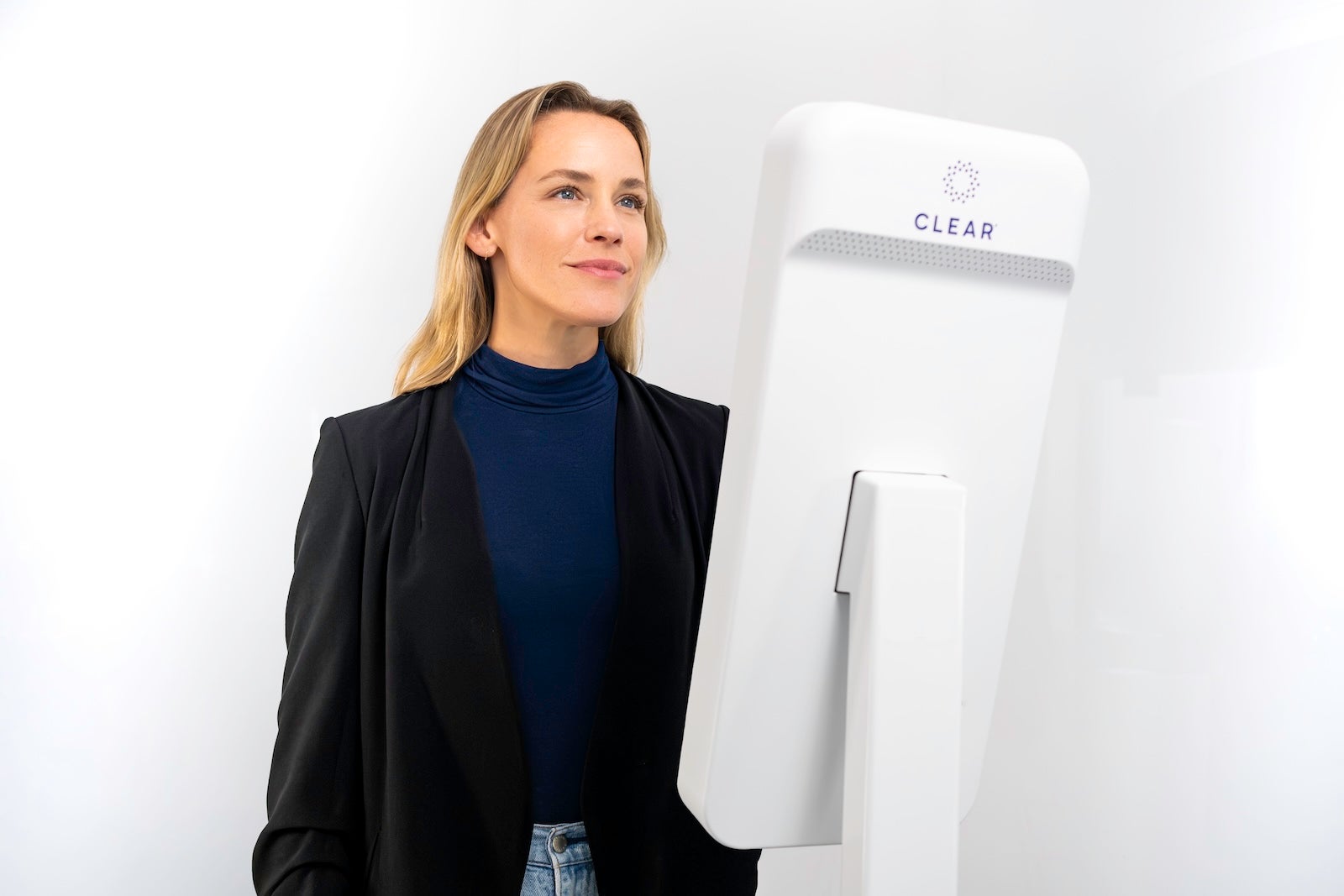Fashion
Why ‘Bad’ Style Can Be Good Business

The Olympics may have ended but a new sporting event has begun — the race to get to the bottom of Blake Lively’s curious fashion choices.
Photographs of the actress, on the press junket for her new film “It Ends With Us,” have flooded the internet in recent weeks, stoking cheeky discourse over her fashion sense. Notable outfits include a maximalist, beaded dress by Dauphinette worn with a mushroom bag and Dorothy-red heels, embroidered Stella McCartney chap jeans and a mismatched Tory Burch leather top, a red Versace dress over yellow tights and a floral-print Chanel pyjama-style set. Every look is completed with her signature bed-head blonde tresses and chunky Lorraine Schwartz jewellery.
Throughout her career, Lively has famously said she dresses herself without a stylist on call. That has long endeared fans to her wide-eyed, TV-princess persona and lent a sense of authenticity to her personal style. But her approach is increasingly out of step with her celebrity peers, who routinely tap image-makers to generate impeccable fashion moments for the red carpet and beyond. Think Zendaya dressed by Law Roach for the “Challengers” tour, or Kendall Jenner donning Bottega Veneta for a gas run.
Of course, Lively isn’t the only A-list celebrity scrutinised over her style (and hiring a stylist is no guarantee of a positive reception when paparazzi photos surface on Instagram). For years, fashion insiders have expressed puzzlement over Taylor Swift’s conspicuously average fashion sense. Her skirt-and-sweater pairings, chunky heels and denim cut-offs are not befitting of a mega-watt star, critics said.
But there’s a method to Swift’s blandness. The singer’s girl-next-door popstar appeal sells out stadium tours. And she has a strong track record as a fashion influencer to boot, inspiring legions of fans to buy Popflex skorts and Hill House Home shorts.
In a sense, Lively is following that same playbook. Each “bad” outfit generates publicity, and builds her powerful personal brand (46 million Instagram followers and counting; even haters concede Lively’s fashion choices are “so Blake”). That in turn has given the actress a powerful platform to promote her new hair care label, Blake Brown. It launched in Target last month and is off to a hot start generating over $1 million in sales at the retailer in its first week, Puck reported.
“There are a lot of people who want to be like [Lively]. They will buy exactly what she’s wearing. They won’t even want it in a different colour,” said Olivia Cheng, founder of New York-based Dauphinette, whose maximalist tiered, feathered and beaded pastel dresses Lively wore to kick off her tour. “I don’t think there’s many celebrities who can do something and it immediately converts.”
In other words, Lively is proving that her critics live in a fashion bubble of their own.
“This is not for the fashion people, it’s for a different audience,” said Avery Trufelman, the voice behind the fashion podcast Articles of Interest.
Two Sides to the Tacky Coin
Fashion has a long history with the word “bad.” Miuccia Prada became known for interrogating “ugly” on the runway; at Balenciaga, Demna has questioned what constitutes “good” versus “bad” taste and generated massive commercial success by subverting those boundaries. Designers like Philipp Plein, which reported €215 million in revenue in 2022, have built big businesses with a gauche, unapologetic take on dressing.
Aggressively bad style can signal other virtues: Tech prodigies in Silicon Valley are known to dress down, projecting the image of a disrupter (think Mark Zuckerberg in a hoodie) or appear in public dishevelled, suggesting an up-all-night genius (Sam Bankman-Fried’s untamed hair).
Other celebrities like Doja Cat, Julia Fox and Lil Nas X have built cult followings around their campy, sometimes ridiculous, looks. At the opposite end of the style spectrum, Taylor Swift’s fan base adores that she eschews potential fashion it-girl status to wear exactly what she wants — Madewell skirts and Reformation dresses they too can buy, said Sarah Chappelle, a blogger whose book on Taylor Swift’s style will be released in the fall. Travis Kelce’s colourful style is often picked apart by menswear acolytes, but it moves units for the brands he reps.
What these public figures have in common is they know how to speak directly to their particular audiences. Lively knows that after her outfits are shared over and over again on Instagram and E! News, the next time her fans visit their local Target, they’ll think to pick up her $18 Blackcurrant Vanille Glam Mousse.
The danger of the so-bad-it’s-good approach to fashion is that negative, but ultimately harmless attention can curdle into a real backlash. Lively is toeing that line today: her styling choices on the “It Ends With Us” press tour are getting pushback for overshadowing the film itself, which deals with domestic violence.
”People are like ‘maybe its not the movie for that,’” said Luke Meagher, the critic behind YouTube channel Haute Le Mode, which shares reviews and industry analysis.
So far, when it comes to fashion, her base of fans seem to be enjoying watching Lively enjoy herself.
Cheng, the designer behind Dauphinette, connected with Lively after the actress stumbled into her West Village store and had her assistant request a couple of styles. Dressing Lively has allowed Dauphinette to acquire a new set of customers, shoppers outside of the urban and gen-Instagram demographic that makes up her current following. Now, shoppers are coming to her online shop from People magazine and Yahoo Entertainment, she said.
Cheng takes Lively’s style haters in stride.
“A lot of people in fashion feel like they need to have a critical opinion on fashion, they can’t just like something especially if it’s bright and colourful,” said Cheng.








